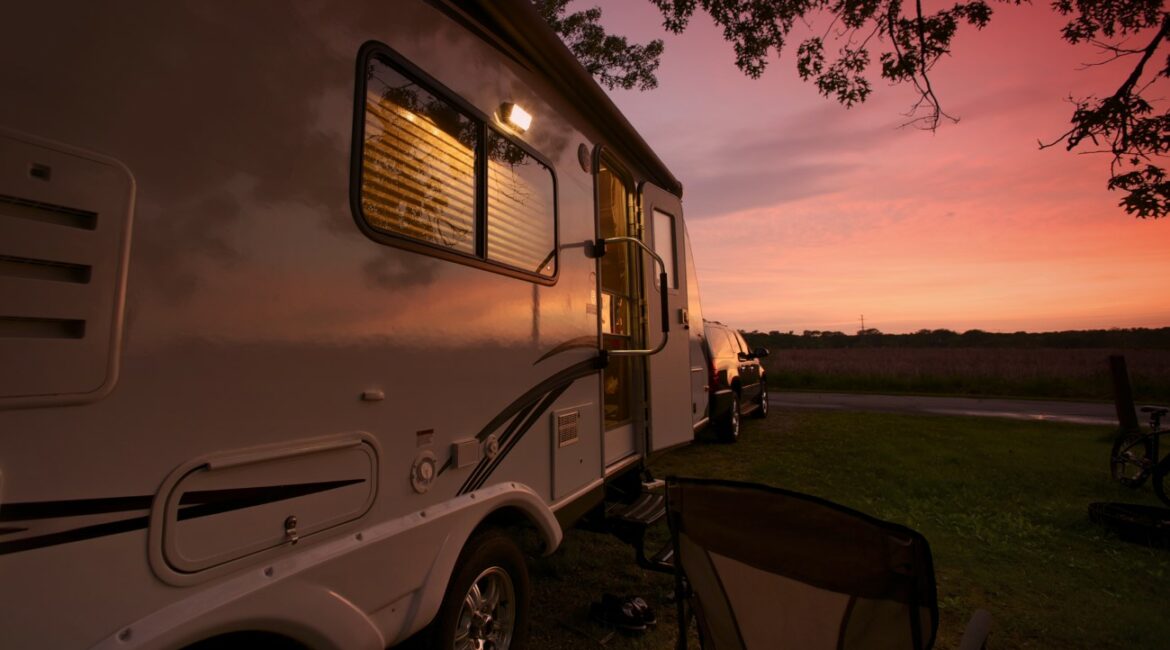Hey there, fellow RV enthusiasts! I’m Darren, and I know how important it is to keep your RV in top shape. One crucial aspect of RV maintenance is the siding. In this guide, we’ll dive into RV siding options, their materials, costs, and maintenance tips to help you make informed decisions about your mobile home’s exterior. Let’s get started!
The Basics: Types of RV Siding Materials
When it comes to RV siding, you have several material options to choose from. Each has its advantages and considerations:
**1. Fiberglass Siding:
- Materials: Fiberglass panels.
- Pros: Lightweight, durable, and low maintenance. Resistant to water damage and fading.
- Cons: Can be more expensive upfront.
**2. Aluminum Siding:
- Materials: Aluminum sheets.
- Pros: Lightweight, corrosion-resistant, and affordable.
- Cons: Susceptible to dents, may require painting over time.
**3. Filon Siding:
- Materials: Smooth fiberglass panels.
- Pros: Lightweight, smooth finish, and cost-effective.
- Cons: Prone to delamination in extreme weather.
**4. Vinyl Siding:
- Materials: Vinyl panels.
- Pros: Lightweight, affordable, and easy to clean.
- Cons: Not as durable as fiberglass or aluminum.
Costs: What to Expect
RV siding costs can vary widely depending on the material and the size of your RV. As a rough estimate:
- Fiberglass: Expect to pay between $8 and $15 per square foot.
- Aluminum: Prices typically range from $5 to $12 per square foot.
- Filon: This is often the most affordable option, with costs ranging from $4 to $9 per square foot.
- Vinyl: Prices can vary, but it’s generally in the $4 to $8 per square foot range.
Remember that labor costs for installation are not included in these estimates and can significantly impact the total cost.
Maintenance: Keeping Your RV Siding Shipshape
Proper maintenance is key to preserving the integrity and appearance of your RV siding. Here are some tips:
1. Regular Cleaning: Wash your RV’s exterior regularly with mild soap and water to remove dirt, grime, and road salt.
2. Inspect for Damage: Routinely inspect your siding for dents, scratches, or signs of delamination. Promptly address any issues to prevent further damage.
3. Wax and Seal: Apply wax and UV protectant to fiberglass and aluminum siding to maintain their shine and protect against sun damage.
4. Repairing Dents: Small dents in aluminum siding can often be repaired with DIY kits. For larger damage, consult a professional.
5. Filon Delamination: If you have Filon siding, watch for delamination. If it occurs, consult an RV repair specialist for solutions.
FARV Siding Options
Q1. Can I change my RV’s siding material?
- A: In most cases, yes, but it’s a complex and costly process. Consult with an RV professional for guidance.
Q2. How can I prevent Filon delamination?
- A: Keep your RV dry and store it in a climate-controlled environment when possible. Regularly inspect for damage and address it promptly.
Q3. Is it possible to paint aluminum siding?
- A: Yes, you can paint aluminum siding, but it requires proper preparation and the right type of paint.
Q4. Which siding material is best for extreme weather?
- A: Fiberglass is known for its resilience in extreme conditions, making it a top choice for harsh weather.
Q5. Can I repair vinyl siding myself?
- A: Small vinyl siding repairs can be DIY-friendly, but consult an RV professional for larger issues.
Choosing the right siding material for your RV and maintaining it properly will ensure that your mobile home remains both functional and attractive for years to come. Happy travels! 🚐💨
- A Chat with Nate and Mika, Christian Wedding Photographers - July 18, 2024
- Ultimate Guide To Playing Online Casinos - May 27, 2024
- Addiction Recovery Books Worth Reading - January 24, 2024









